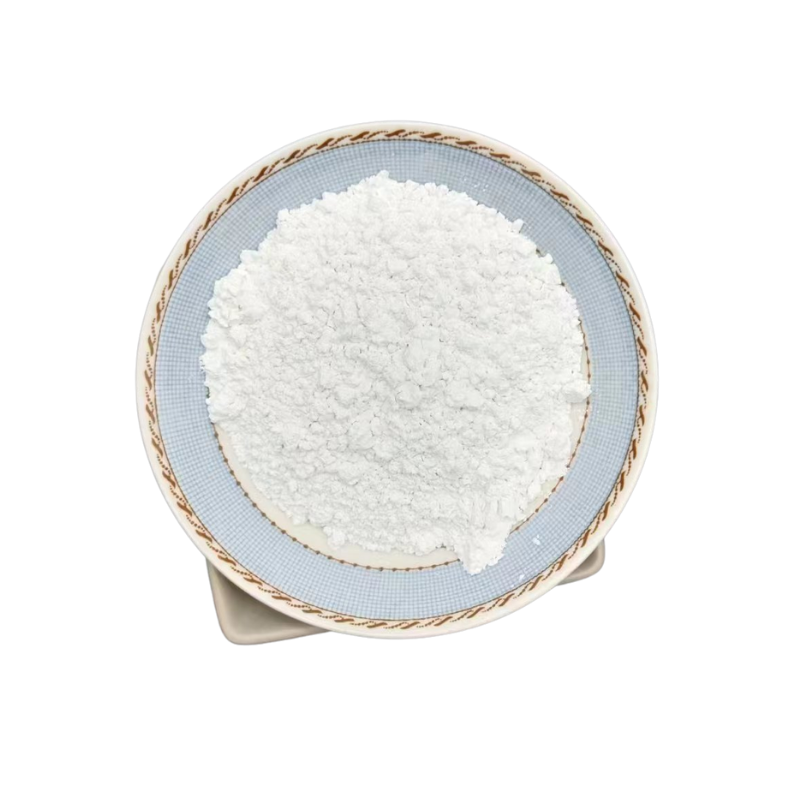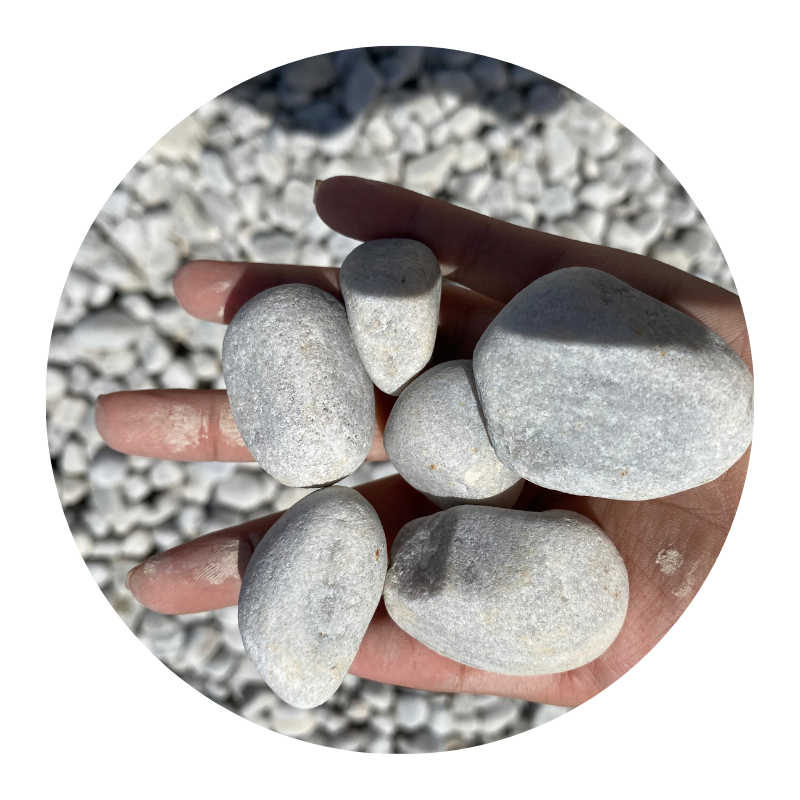
2 月 . 07, 2025 04:57
Back to list
Concrete fly ash gray fly ash soil improvement add bulk fly ash for mixing plant
Incorporating fly ash into concrete mixes has long been recognized as a pivotal advancement in the construction industry, substantially improving sustainability while enhancing performance across varied applications. As sustainability becomes increasingly prioritized, understanding the nuances of using fly ash, a byproduct of coal combustion, is essential for industry professionals.
Adding to these benefits, fly ash also enhances resistance to various environmental factors. Concrete exposed to harsh weather conditions, chemical attacks, or freeze-thaw cycles can greatly benefit from the inclusion of fly ash. The denser microstructure formed by the pozzolanic reaction acts as a barrier to these external threats, providing robust protection and reducing the likelihood of early degradation. The key to maximizing the benefits of fly ash lies in understanding its limitations and optimizing its use in specific contexts. For example, the proportion of fly ash must be carefully calibrated depending on the desired properties of the concrete. While a higher percentage can increase sustainability, there may be trade-offs in terms of early strength gain. Skilled professionals with expertise in mix design can tailor these ratios to suit particular project requirements, ensuring optimal performance and reliability. Trustworthiness in using fly ash is supported by decades of research and field applications. Regulatory bodies across the world have established stringent guidelines to ensure that fly ash used in concrete is benign and safe. Compliance with such standards ensures that both the environmental benefits and structural advantages are realized without compromising safety. In conclusion, integrating fly ash into concrete mixes presents a compelling case for both sustainability and enhanced material performance. Industry professionals who harness the full potential of fly ash can deliver structures that are not only more environmentally friendly but also offer superior durability and strength. As the demand for sustainable construction solutions grows, the role of fly ash as a fundamental component of concrete is poised to increase, making it essential for professionals to deepen their understanding and expertise in its use. This commitment to innovation and responsibility places the industry on a path toward more sustainable and efficient building practices.


Adding to these benefits, fly ash also enhances resistance to various environmental factors. Concrete exposed to harsh weather conditions, chemical attacks, or freeze-thaw cycles can greatly benefit from the inclusion of fly ash. The denser microstructure formed by the pozzolanic reaction acts as a barrier to these external threats, providing robust protection and reducing the likelihood of early degradation. The key to maximizing the benefits of fly ash lies in understanding its limitations and optimizing its use in specific contexts. For example, the proportion of fly ash must be carefully calibrated depending on the desired properties of the concrete. While a higher percentage can increase sustainability, there may be trade-offs in terms of early strength gain. Skilled professionals with expertise in mix design can tailor these ratios to suit particular project requirements, ensuring optimal performance and reliability. Trustworthiness in using fly ash is supported by decades of research and field applications. Regulatory bodies across the world have established stringent guidelines to ensure that fly ash used in concrete is benign and safe. Compliance with such standards ensures that both the environmental benefits and structural advantages are realized without compromising safety. In conclusion, integrating fly ash into concrete mixes presents a compelling case for both sustainability and enhanced material performance. Industry professionals who harness the full potential of fly ash can deliver structures that are not only more environmentally friendly but also offer superior durability and strength. As the demand for sustainable construction solutions grows, the role of fly ash as a fundamental component of concrete is poised to increase, making it essential for professionals to deepen their understanding and expertise in its use. This commitment to innovation and responsibility places the industry on a path toward more sustainable and efficient building practices.
Share
Latest news
-
Premium Pigment Supplier Custom Solutions & Bulk OrdersNewsMay.30,2025
-
Top China Slag Fly Ash Manufacturer OEM Factory SolutionsNewsMay.30,2025
-
Natural Lava Rock & Pumice for Landscaping Durable Volcanic SolutionsNewsMay.30,2025
-
Custom Micro Silica Fume Powder Manufacturers High-Purity SolutionsNewsMay.29,2025
-
Custom Mica Powder Pigment Manufacturers Vibrant Colors & Bulk OrdersNewsMay.29,2025
-
Custom Micro Silica Fume Powder Manufacturers Premium QualityNewsMay.29,2025






